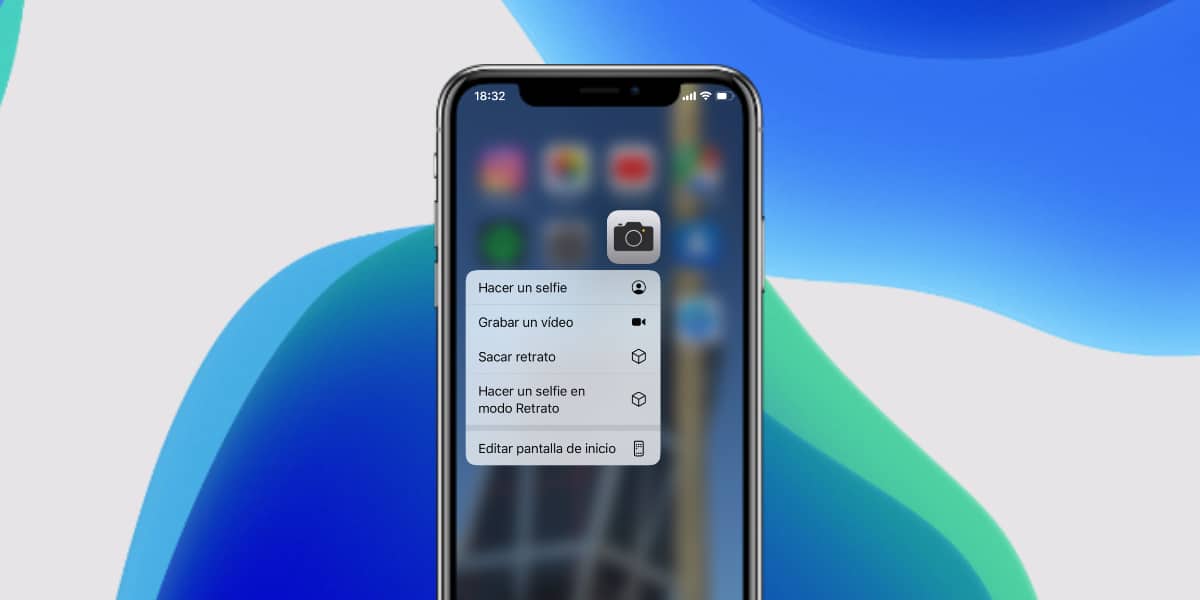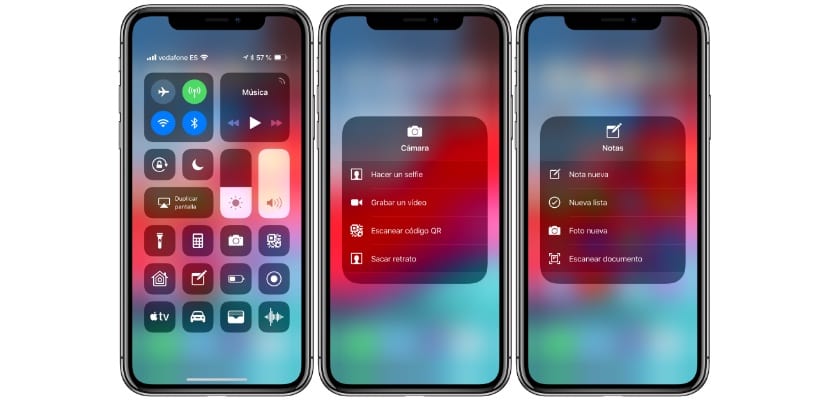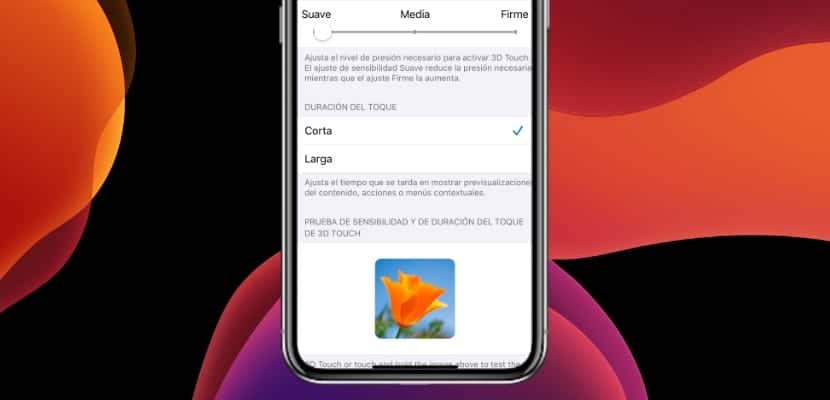With the arrival of iOS 13 and iPadOS many of us began to fear the worst, 3D Touch performance on supported devices was falling to almost offensive limits in favor of Haptic Touch, the new system for the innovation of conceptual menus that Apple wanted to sell us and that dispensed with the sensors under the screen to bet on the software. What had to happen happened, with the launch of the new iPhone 11 range, the 3D Touch disappeared completely and the Haptic Touch has come to replace it.
Do you know the differences between the 3D Touch and the Haptic Touch? We teach you everything you need to know and how to configure this new functionality. Since the 3D Touch is never coming back, better familiarize ourselves with its new capabilities.
What are the differences between 3D Touch and Haptic Touch?
We start with the veteran and extinct 3D Touch, a system that Apple announced with great fanfare during the launch of the iPhone 6s, the first great revolution in terms of hardware when it comes to interacting with the user interface after the launch of the capacitive multitouch screen. Indeed, the 3D Touch has a series of pressure sensors under the screen that allows us to identify where the pressure is being exerted and how much force is on the screen to be able to show new functionalities and contextual menus. Thus was born the 3D Touch that was used in Apple phones as well as in the Apple Watch until 2019.

However, it appears that this technology not only made the device more expensive to manufacture, but also complicated repairs and development. That is why Apple decided to apply the 3D Touch substitute to the iPhone XR and thus check if its performance met the canons established by the company. Essentially the Haptic Touch becomes a software feature based on a long touch on a button on the user interface to end up offering the same information as the 3D Touch, but in a cheaper way.
The advantages of Haptic Touch over 3D Touch
The Haptic Touch has some advantages over the 3D Touch for users, ignoring the benefits it has in the accounts of the Cupertino company. By this I mean that the 3D Touch despite having been with us for many years, was a great unknown since many users were reluctant to become familiar with the pressure system on the screens, to many it seemed unnatural to press hard on the screen . The Haptic Touch focuses on a long touch, something already present in the iOS user interface such as when deleting or moving icons, making it more familiar to users.

Another advantage of the Haptic Touch is precisely that it can be used in devices that do not have 3D Touch technology under the screen, that is, it directly benefits users of older and incompatible devices such as the iPad, where the Haptic Touch helps a lot at the productivity level. Undeniably, who benefits the most is Apple, which saves on expensive technology both at the manufacturing and repair level, despite the fact that prices have not been directly affected by this aspect.
But the 3D Touch also had its advantages ...
We have never lost the opportunity to criticize how Android manufacturers decided to imitate the 3D Touch with a system that is precisely identical to the Haptic Touch, in fact I almost venture to say that many Android terminals run it better. The 3D Touch had an advantage, the user experience.

Apple has always known how to sell its users a differentiated user experience, which no one else could replicate, This has happened, for example, with Face ID and it happened at the time with 3D Touch, which no other brand knew how to "copy". The 3D Touch worked naturally, quickly and comfortably. It was an added value that worked so quickly that it made you almost dependent, providing a sensation of a "physical button" on a screen that even vehicle manufacturers have assimilated for their products, eliminating the 3D Touch makes the iPhone just another product vulgar.
How to configure Haptic Touch and 3D Touch
This Haptic Touch and 3D Touch setup menu It will be different depending on whether you have a 3D Touch compatible device or not, that is, if you have a device only compatible with Haptic Touch, it will show as "Haptic Touch" and vice versa. For this we must go to: Settings> Accessibility> Touch> 3D and haptic feedback.

Within these settings if we have a 3D Touch device we will be able:
- Turn the 3D Touch function on and off
- Adjust 3D Touch sensitivity: Soft - Medium - Firm
- Adjust the touch duration with Haptic Touch: Short - Long
- Test the sensitivity of the 3D Touch
However, if we have a compatible device only with Haptic Touch we will be able:
- Adjust the touch duration with Haptic Touch: Short - Long
- Test the sensitivity of the Haptic Touch
Does 3D Touch work worse with iOS 13?
The quick answer is yes, but it is a bit more complex. For some strange reason Apple has decided that both the 3D Touch and the Haptic Touch work simultaneously on those devices compatible with the 3D Touch, This means that it will work whether we make a strong press or a long press, this causes a small unpleasant delay in the execution of the task to which the usual users of the 3D Touch are not used.

Those users who are not habitual of the 3D Touch will hardly notice the difference, but ideally, Apple would have allowed users to disable 3D Touch or Haptic Touch to the consumer's taste, however, only 3D Touch can be disabled and Haptic Touch (despite slower performance) would continue to work And do you prefer the 3D Touch or the Haptic Touch?